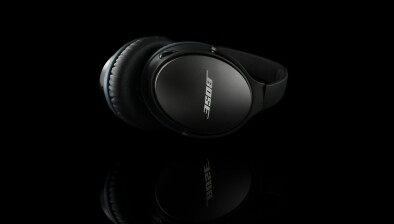And finally… 3D Forth Bridge scans to become computer games
https://www.youtube.com/watch?v=ikLjgXXAMas&feature=youtu.be
Detailed 3D scans of the Forth Bridge will form the basis for interactive games promoting construction as a career for school children.
Scanning has been underway since 2015 amassing a data-cloud of billions of dimensionally accurate points on the structures of the Forth Bridge, Forth Road Bridge and the partially built Queensferry Crossing.
A grant of £425,000 from Transport Scotland will now enable digital heritage experts to start work on learning games, augmented reality apps, real-time interactive models for virtual headset tours and video fly-throughs for release in 2018.
They are all aimed at developing engineering and construction skills among pupils in Scottish schools.
In the meantime the project has released an animation of the “point cloud” data of the Forth Bridge and Forth Road Bridge.
Transport minister Humza Yousaf said: “The Forth Bridges represent Scotland’s industrial past, creative present and our dynamic and innovative future. They are the pinnacle of world-leading design and engineering and it’s right that we conserve and protect them and also seek to inspire and educate the young engineers of the future.
“If the bridges are a globally unique showcase of Scotland’s world-class engineering skills, this amazing 3D scanning project also showcases the world-leading design, research and innovation in our Higher Education institutions.
“The possibilities for this comprehensive digital data are almost endless. It allows the production of detailed information and tools for conservation, educational resources, improving accessibility and delivering virtual records to help health and safety training as well as promoting tourism.
“It is already delivering early benefits. Our commitment to the work was a crucial element in securing World Heritage status for the Forth Bridge last year (2015). In addition, the Forth Road Bridge scans had only just been undertaken when maintenance issues forced the prolonged closure of the structure last winter. I understand the engineers were able to use the scans as part of diagnosing and solving the problem with the truss-end links.
“But now, rightly, our focus is education and creating learning tools to educate and inspire the young engineers of the future.”
The laser scanning work began in May 2015 and involved a total of 90 days digitally documenting the bridges on foot, from ropes, vehicles and boats. Mobile mapping was undertaken in partnership with Leica Geosystems UK. It has created a huge point cloud mapping the structures and their overall physical footprint over 3.6 square kilometre.
It has also been one of the most complex 3D scanning projects undertaken anywhere in the world given the vagaries of the three different structures and physical and environmental challenges faced by the team.

















